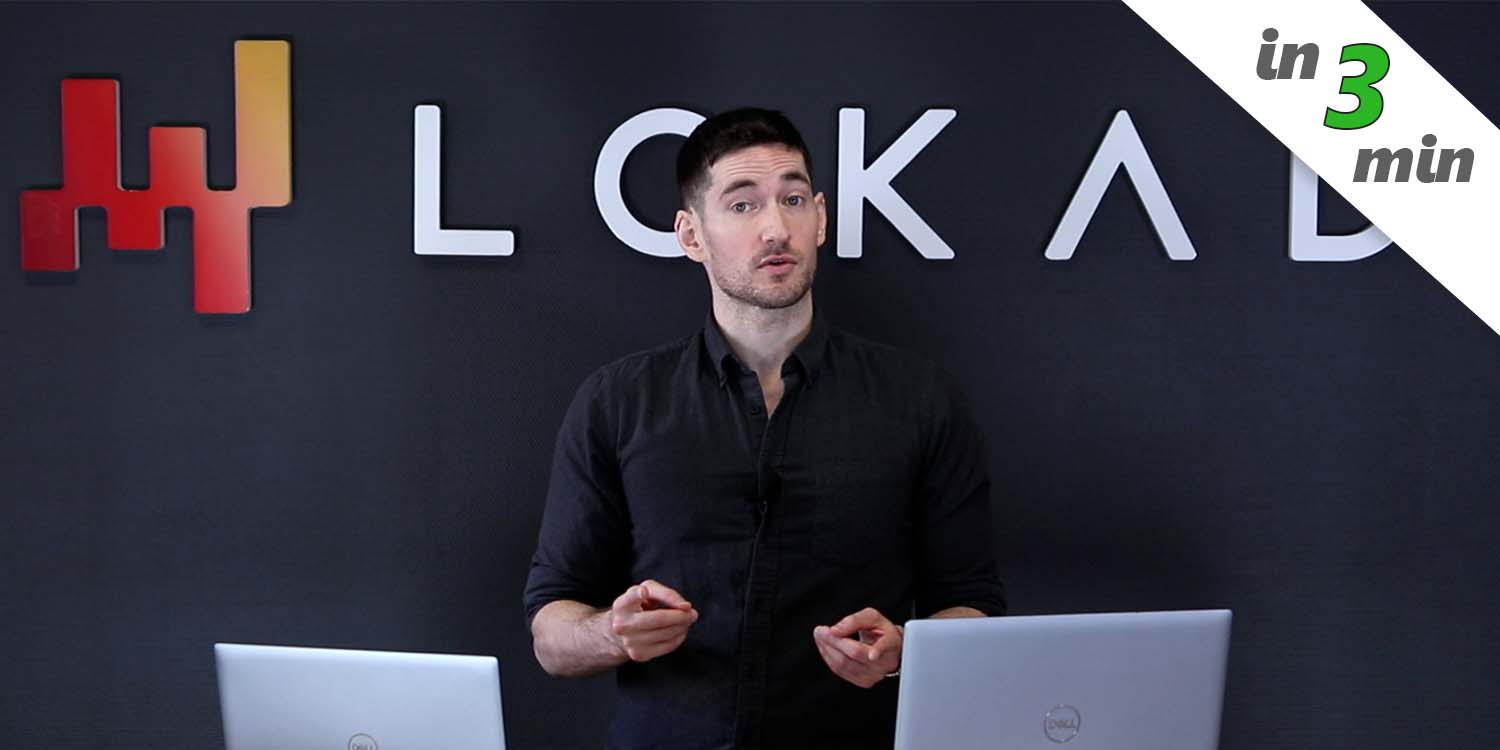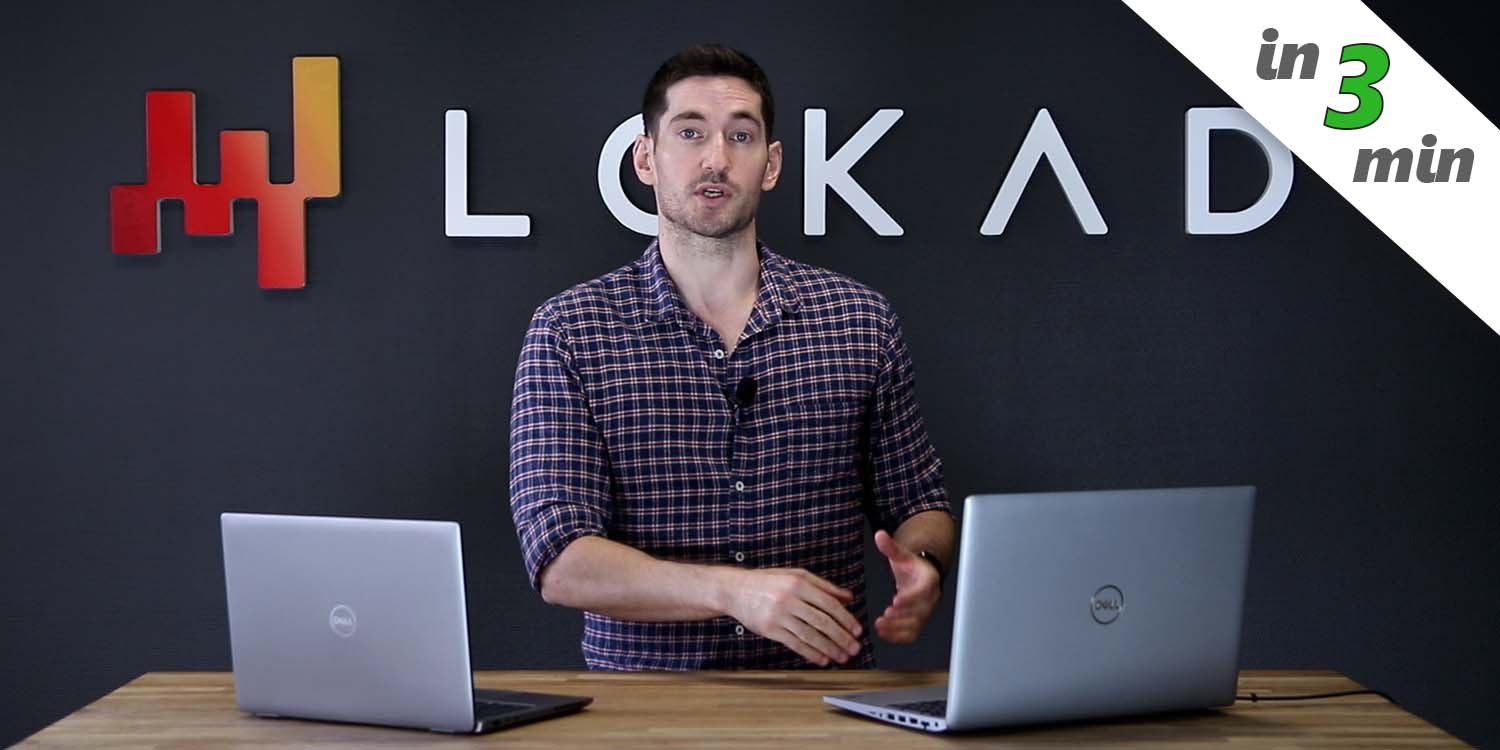Full Transcript
First in, first out, or FIFO, is one of the most common tools for prioritizing manufacturing and repair decisions. However, many are skeptical about how effective it truly is—and honestly, with good reason. So, today we’ll ask and answer three simple questions: One, what is FIFO? Two, what’s the problem with FIFO? And three, how can you do better?
FIFO is a very simple tool for helping practitioners make decisions when presented with lots of complex options, typically in situations with significant uncertainty. By “complex,” we mean scenarios where the best feasible sequence of actions is very difficult to identify, but people still have to decide. For example, imagine you are the manager of a repair facility, and three engines are waiting to be repaired. With FIFO, you simply pick the engine that has been waiting the longest—the first one to arrive—and allocate resources to it. First in, first out. It really is that simple.
The complexity in this scenario lies in trying to identify the best feasible repair sequence. With three engines, there are already six possible sequences. The more engines you have, the more potential combinations exist. Critically, each sequence carries a different projected financial impact. This leads us to the second question: what’s wrong with FIFO?
The problem with FIFO is that it focuses exclusively on waiting time and ignores all other potential optimization factors. Many would argue, myself included, that potential financial impact far outweighs basic waiting time. For example, repairing engine C first might return a plane to circulation quickly, generating a higher financial return than repairing engines A or B first. That might be because engines A and B are missing critical parts, tools, or personnel—constraints that do not apply to engine C.
In fact, choosing to repair engines A or B first can lead to two serious forms of financial waste. First, direct waste: starting repairs you cannot complete wastes time, parts, tools, and manpower. Second, indirect waste: you sacrifice the financial return of fixing engine C first. This represents the opportunity cost of making a bad decision. Realistically, a repair sequence of C, then A, then B might generate the best financial outcome for the company.
FIFO, however, would suggest repairing engine A first, followed by B, then C, simply based on arrival order. This naive approach can result in wasted resources, salaries, and missed opportunities. Furthermore, while working on engine C, one could use the time to order necessary parts, tools, or personnel for engines A and B. This enables a better repair sequence, one optimized for financial outcomes. Fundamentally, FIFO is blind to risk management, contractual obligations, and financial penalties tied to repair delays. It fails to account for downstream effects and ignores dynamic factors in real-world operations.
Contact Lokad so that our supply chain scientists can optimize your repair or manufacturing processes. Using probabilistic forecasting, financial optimization, and AI techniques, they can quickly identify the best feasible sequence of actions to ensure you make the best financial decisions.


